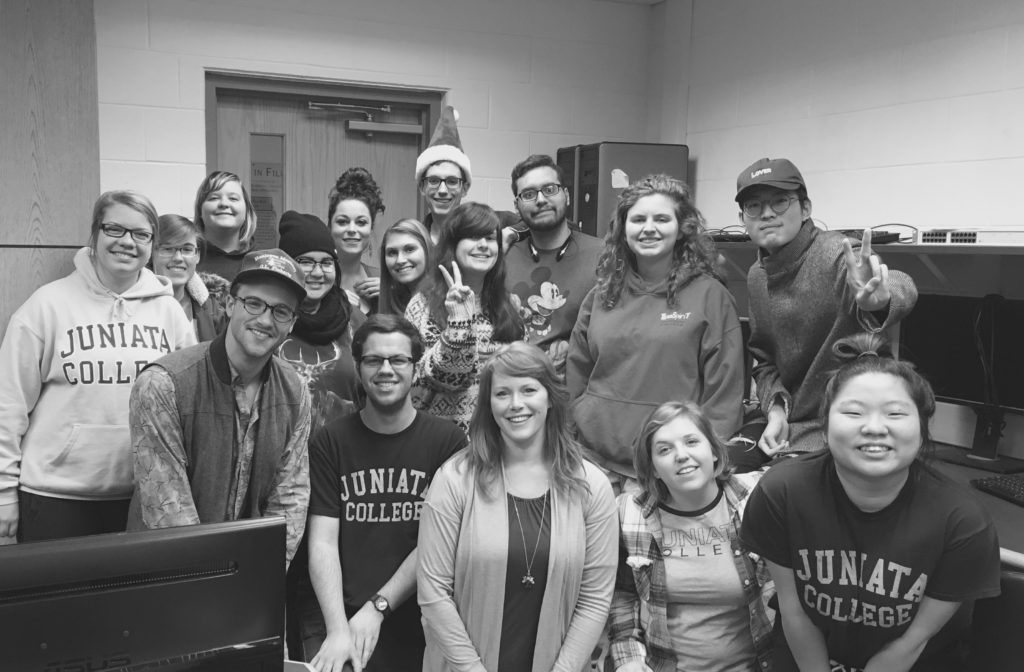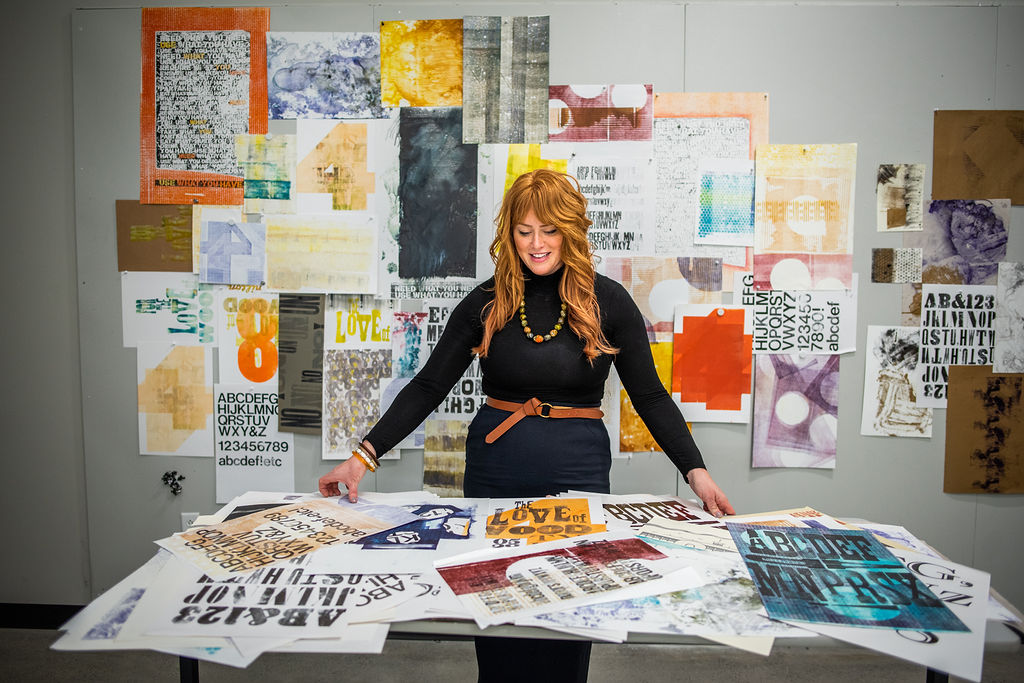“Education is the most powerful weapon which you can use to change the world.” My teaching philosophy is based on the belief that design education has the power to impact students and their future as creative citizens and, as stated by Nelson Mandela, change the world in the process. As the field of design evolves, design education must evolve correspondingly with the needs of society. In the world today, many societal problems plague our daily lives: how do we design prescription pill bottles so the elderly can read safely, consequently saving their life. How does environmental design affect the safety of a crowded airport and the timeliness of an emergency evacuation?
I believe that students should be encouraged to think about their role in making visual communication tools that are more legible and understandable to all audiences in an inclusive way. Creatives of the future will no longer solely have an end goal of getting a paid position in the field of their choice, but rather to use their talents to make a difference in society. In the Juniata way, I always encourage students to think about who they are and find a way to apply their passions to the “work” they will do for the rest of their careers.
I am a very enthusiastic teacher making sure each student enters the classroom feeling welcome and leaves at the semester’s end with what they need to succeed. The focus on real-world experience is something I implement in every application possible, as the post-graduation success after experiencing these teaching methods is priceless. Teaching students to find their voice in the classroom through critiques and demo days and their passion through client-based project opportunities is something I care deeply about. Students are welcome to express their goals and personal challenges with creativity and, most importantly, what problems they hope to solve through visual solutions. Whether they solve them by telling a personal story through the production of a senior capstone film or an experimental social media campaign, our students have found creative ways to visualize what they are most passionate about.

My technical-driven teaching methods encourage students to document their processes. From my 100-level courses, the deadlines and file requests allow students to prepare for their first year with the strict guidelines for internship and part-time creative production position applications. We make a portfolio, discuss the software used and why, and create goals and objectives of the project, so they have materials to share on their websites and in their portfolios. I have designed template documents for all my courses to encourage portfolio-ready materials from each class. The project deadlines and file requirements teach students from 100 to 400 level to prepare for industry expectations.
With the understanding that not all students learn the same way, I make accommodations and meet the students where they are. Teaching with multiple instruction formats allows all students to engage in the content being shared. At the start of the semester, I complete online surveys to determine what students are coming into the class with. Later I prepare lectures and demonstrations with the topics missing most at the start of the semester. I am sure to build in discussion time during the class. By actively participating in the demonstration, students engage with the content in multiple ways and have a better chance of retaining the information presented.
A real-world studio-like environment is created in my classroom, focusing on individually designed materials in a team setting. Group work has had a negative connotation in academia for some time due to inappropriate assessment methods irrelevant to the individual student contribution. For this reason, I make it clear that the team works through individually contributed pieces of the pie. At the end of the semester, each student is assessed through ungrading individually.
I focus on client-based projects rather than traditional, speculative design projects that will never surface outside of the classroom environment. Students who learn the design techniques and technology while creating a visually appealing and applicable solution for a real-world client are much more prepared to interview for positions requesting several years of experience. And the best part is that our students have a list of potential projects shared during the first week of class, allowing them to buy into the project personally.
Our in-class discussions highlight current deadlines, immediate client needs, and what each team member is working on each week. I focus on community in the classroom and consider how this community translates outside of the classroom to the residential halls and well into their careers. This classroom community has translated to several senior capstone films, team-driven client projects, and one of my favorite collaborations: The East Broad Top documentary. The EBT film was not a request by the client but was a personal passion project of three students that took shape due to the community that has been created in the IMA Program.
In courses such as Community Design Lab, Practicum, and Internships, we utilize a template project report document, a final project case study document, and an internship report document. From day one in a client-based setting, this teaches students to document their time on a project (which translates to billable hours) along with the process of creativity. This documentation allows students to discuss their work in future interviews and showcase final creative deliverables.
Documenting their work through printable portfolios, digital e-portfolios, and websites is a critical area that I focus on. As a design student, I was rarely reminded to do this vital task until my senior year. At that time, it felt too late to go through years of work. I also focus on showcasing student work in a professional setting through public events such as a film premiere night, public client presentations, and mock interviews with creative professionals from off-campus. These opportunities aren’t just some assignments for class but something that has a long-term impact on our students.
I greatly value the role of teaching design education and the potential to influence so many students in a positive way as researchers, designers, and citizens in our complex and diverse world. I will constantly challenge my students to get out of the state of disregard and find something that starts a fire inside them. Although students don’t always know their passion when they join me in Kepple Hall, they often come back later to thank me for challenging them to find the personal answer to the question, “what are you most passionate about?” The most rewarding part of my profession is to have a student return to share how they made a difference through design. I have succeeded as an educator when students can look at the world and see problems as opportunities to apply their creative skills.

